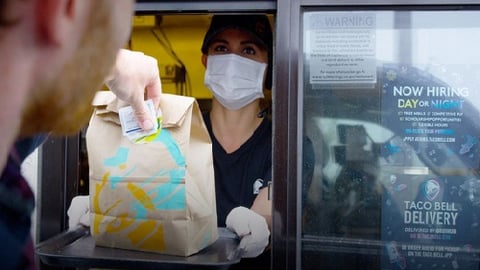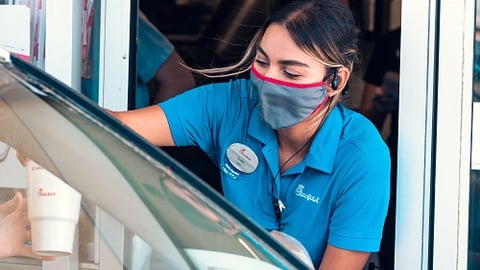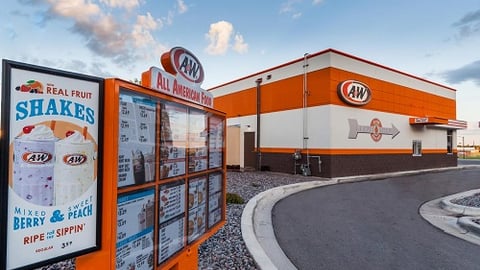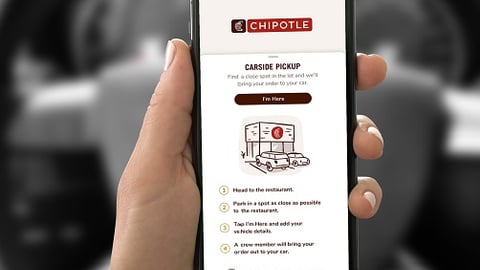Why Consumers Still Prefer the Drive-Thru
As COVID-19 created a series of shock waves throughout the restaurant industry, operators were adept at accommodating rapidly changing public health needs and customer expectations. Whole areas of restaurant spaces were reimagined – sometimes overnight – and the drive-thru was one of the biggest focal points. Although it was the most used ordering channel in quick service restaurants (QSRs) pre-pandemic, generating anywhere from 60% to 70% of sales, drive-thru use grew dramatically over the course of the pandemic – from 26% of total restaurant industry traffic in February 2020 to 42% by November 2021.
And these new behaviors are here to stay. Insights into consumer sentiment illustrate why strong drive-thru demand will likely persist long after COVID restrictions become a thing of the past.
First, consumers are embracing the digital solutions that restaurants are offering, and many of these solutions were built around leveraging the drive-thru and/or curbside channels. According to the National Restaurant Association, about 5% of restaurant orders were digital prior to the pandemic. Since then, that figure has increased to as high as 20%.
Some QSRs (and select fast casual restaurants) are implementing dedicated digital order drive-thru to fulfill the escalating number of prepaid mobile orders, and/or they are using dual lane options to expand the number of guests they can serve – in part because more people are ordering ahead and picking up.
Digital First Drive-Thru
These developments further cement the drive-thru as the main financial artery of QSRs. Speed will continue to be paramount, as guests continue to have little patience for complex technology, friction, errors and inconsistency.
Second, consumer data suggests younger generations are primed to embrace more advanced restaurant automation, which is arguably occurring fastest at drive-thru establishments. According to a survey conducted in late 2021 by The Harris Poll on behalf of Xenial, 62% of those ages 18 to 34 said they would be willing to eliminate all human interaction at QSRs, assuming orders were fulfilled accurately and in a timely fashion. Overall, nearly 50% of those surveyed who visit QSRs said they would be okay eliminating all human interaction when ordering and receiving their meal. Interestingly, a third of guests who visit QSRs said they prefer not to interact with people unless it’s necessary (that figure pops to 37% for those ages 18 to 44). An automated, frictionless drive-thru experience is aligned with the no-touch desires of many consumers – especially younger ones. The drive-thru stands to benefit from a consumer base that increasingly embraces the latest digital technology, and generational preferences will only accelerate this trend as digital natives continue to make up more of the population.
With a decreased appetite for person-to-person interaction and broad support for an increasingly digital-first QSR experience, consumers are helping to drive restaurant operators toward new technologies that alleviate pressure points at the drive-thru while freeing up workers to fulfill orders accurately and quickly. Visually appealing digital menu boards now offer QR codes to enhance and accelerate touchless payment options for guests through Venmo or PayPal. These dynamic boards are easier to read and navigate and help drive increased check sizes. Drive-thru AI voice assistants enable QSRs to better manage labor costs, automate upsell opportunities, improve accuracy and boost speed of service, while camera-based car recognition systems are enabling operators to track the entire guest experience more closely, timing all service interactions anywhere in the drive-thru.
Mary Melvin: The Trail Blazer Leading AI in the Drive-Thru at Checkers and Rally’s
These enhancements will perpetuate a virtuous cycle: As operator investments make the drive-thru a faster, more seamless experience, even more consumers will prefer this mode of interacting with QSRs.
Moving forward, QSRs should be prepared to meet the growing consumer appetite for quick, efficient and tech-enabled drive-thru experiences. When equipped with the right technologies, drive-thrus – the hero that sustained QSRs throughout the pandemic – can continue supporting ongoing high traffic volume and delivering outstanding results without stressing the business.
About the Author
Chris Siefken is head of technology at Xenial, a Global Payments company.







